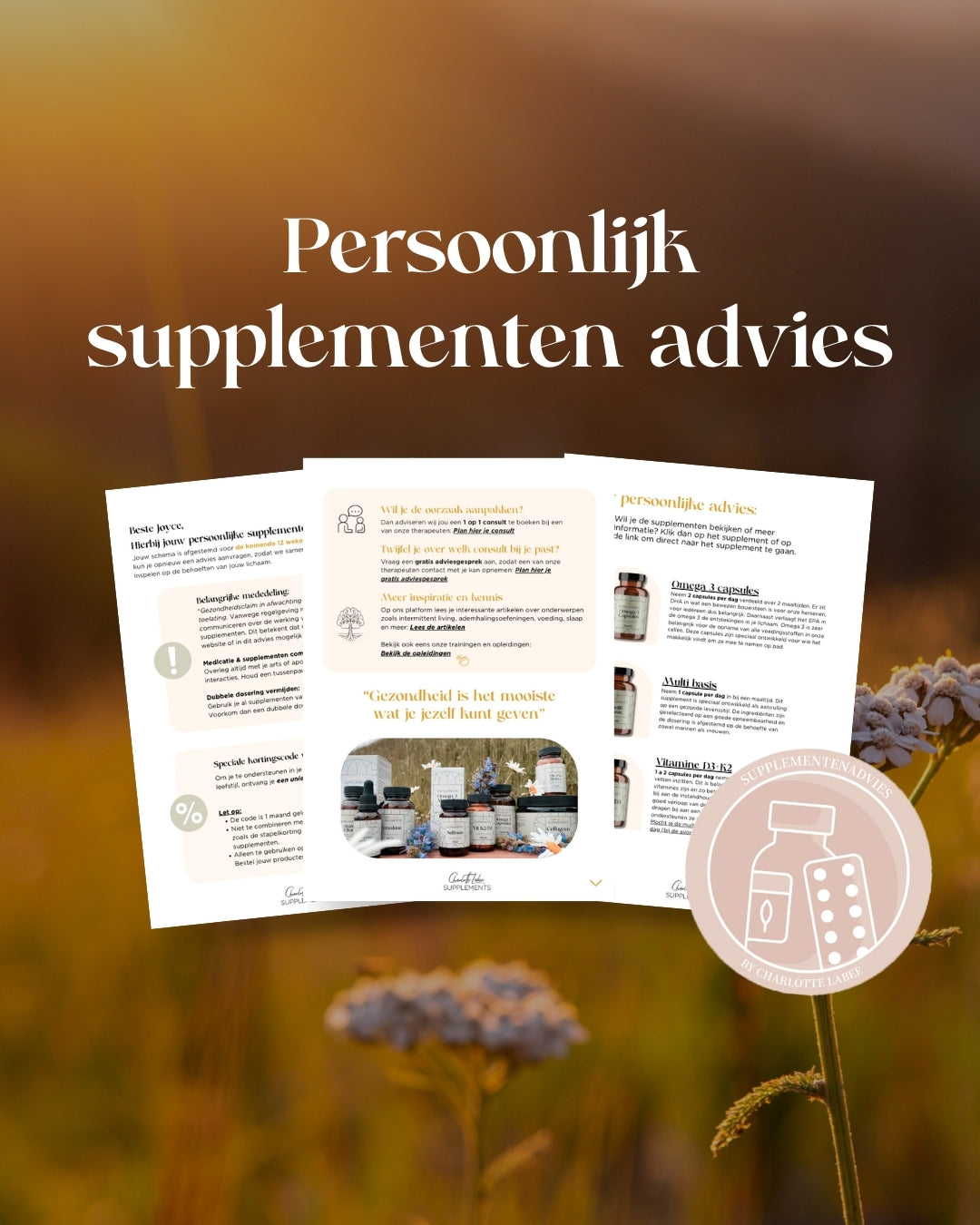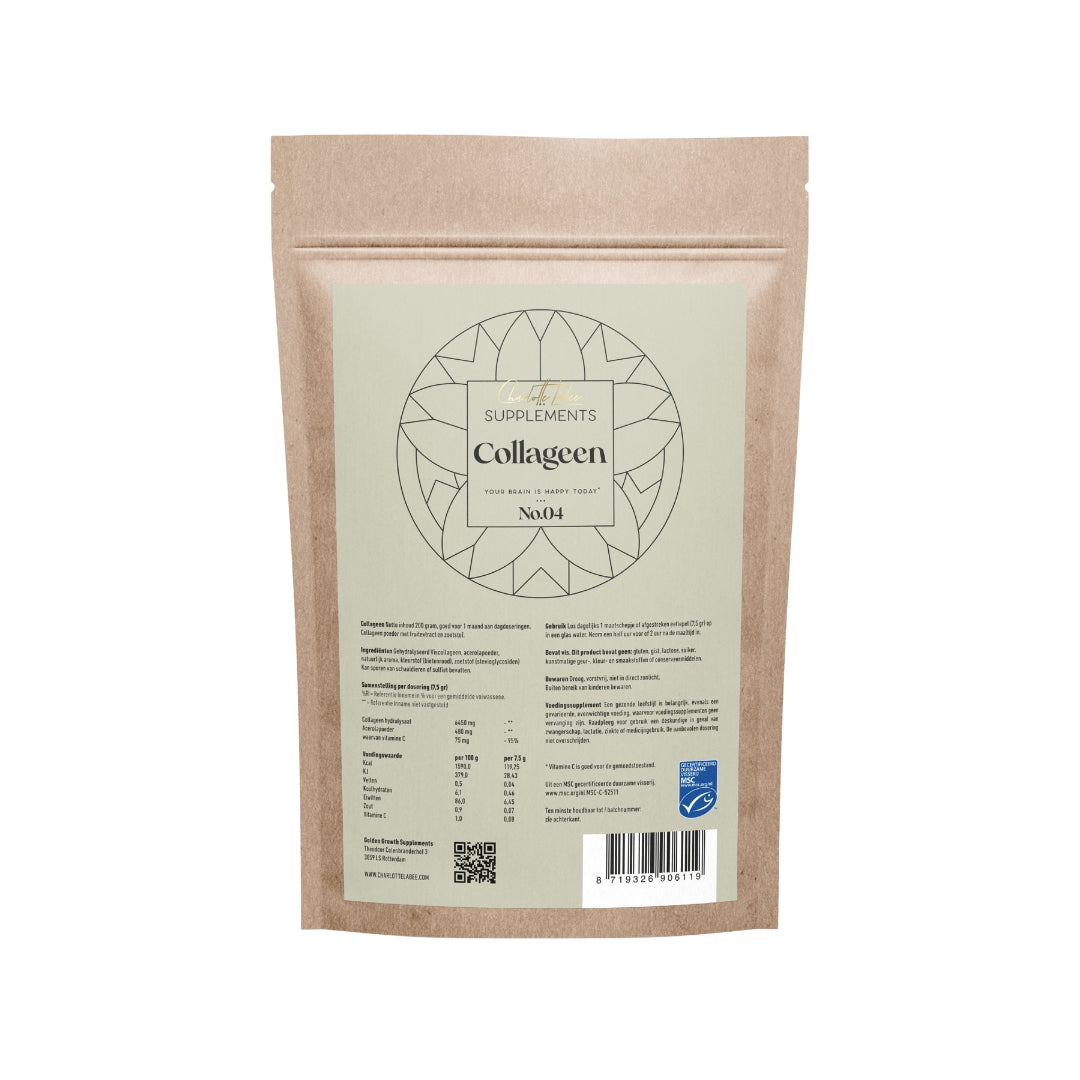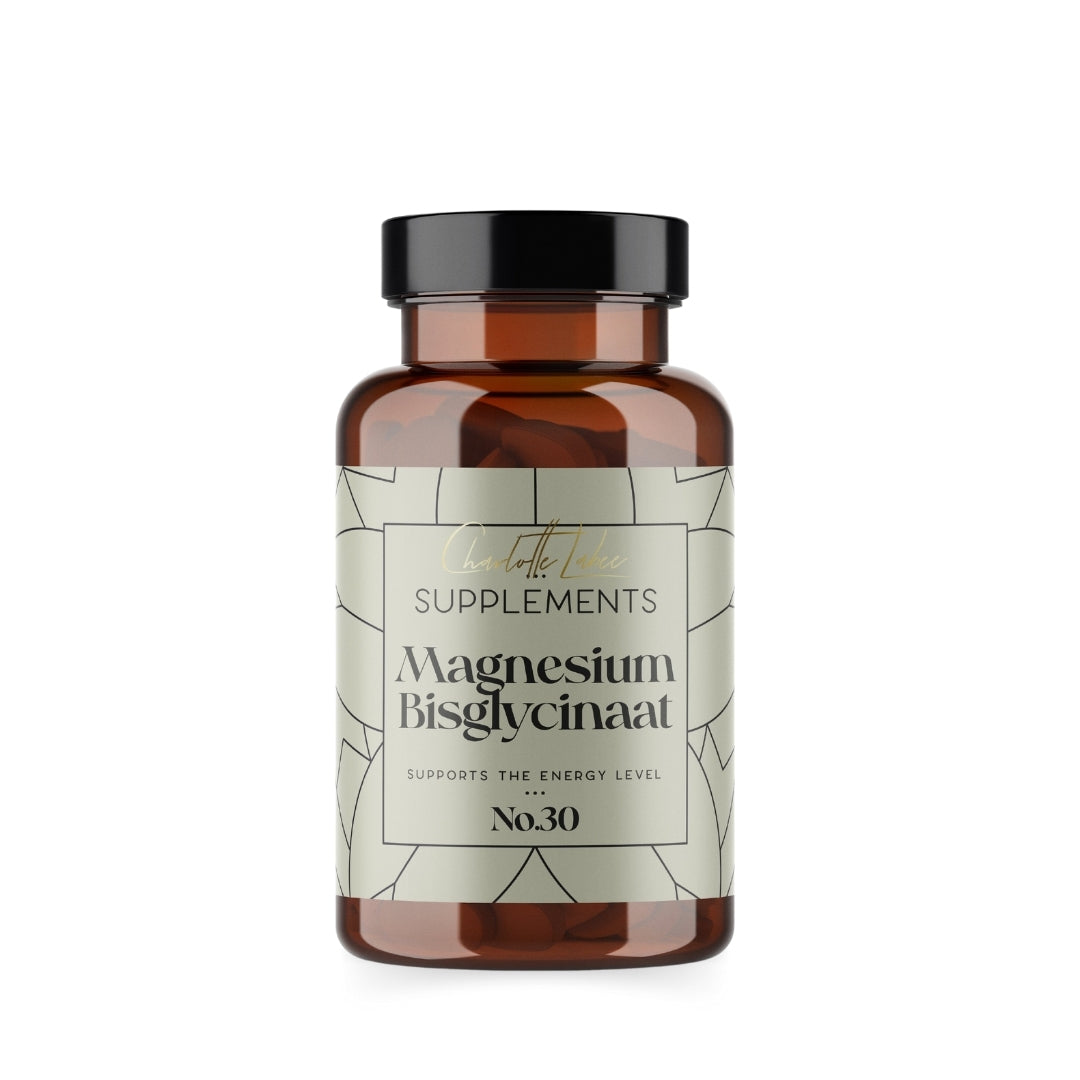Eerder publiceerden wij een artikel over waarom zonlicht zo belangrijk voor ons is. Maar hoe ga je nu verstandig om met de zon? Dat delen we hieronder met je!
Zorg voor voldoende antioxidanten
De zon kan leiden tot de vorming van vrije radicalen in het lichaam. Vrije radicalen zijn onstabiele bewegende deeltjes die schade kunnen veroorzaken aan cellen en weefsels, wat kan bijdragen aan veroudering en verschillende ziekten. Antioxidanten zijn stoffen die helpen bij het neutraliseren van deze vrije radicalen en het verminderen van oxidatieve stress in het lichaam. Ze beschermen cellen en weefsels tegen schade veroorzaakt door vrije radicalen.
Sommige antioxidanten kunnen door het lichaam zelf worden samengesteld, terwijl we andere via voeding binnenkrijgen. Een gezond en uitgebalanceerd dieet met voldoende antioxidanten kan helpen bij het neutraliseren van vrije radicalen. Voedingsmiddelen die rijk zijn aan antioxidanten zijn onder andere verse groenten, kruiden, fruit, noten, zaden en volle granen. Specifieke antioxidanten, zoals vitamine C, vitamine E, zink, bètacaroteen en selenium, kunnen vooral gunstig zijn voor het beschermen tegen de effecten van zonlicht.
Veilig zonnen
Vanzelfsprekend zijn wij voorstander van veilig zonnen en daarom geven we je het volgende belangrijkste algemene advies:
Bouw de blootstelling van je huid aan de zon rustig op. Het is verstandig om al in het begin van de lente regelmatig je armen en benen te laten wennen aan het zonlicht. De zonnesterkte is dan nog niet zo hoog als in de late lente en de zomer; en daarom verbrand je veel minder snel.
Zonnebrandcrèmes
Zonnebrandcrèmes kunnen een belangrijke rol bij het beschermen van de huid spelen. Hoewel ze over het algemeen als veilig worden beschouwd en belangrijk zijn voor de gezondheid van de huid, is het belangrijk rekening te houden met onderstaande:
Chemische filters
Veel zonnebrandcrèmes bevatten chemische filters zoals oxybenzone, octinoxate en avobenzone, die in staat zijn om UV-stralen te absorberen en om te zetten voor een minder schadelijke effect op de huid. Er zijn zorgen geuit over de mogelijke hormoon verstorende effecten van bepaalde chemische filters, met name oxybenzone, die in verband zijn gebracht met hormonale disbalans en allergische reacties. Het gebruik van zonnebrandcrèmes met mineralen, zoals zinkoxide en titaniumdioxide, kan een alternatief zijn.
Nanodeeltjes
Sommige zonnebrandcrèmes maken gebruik van nanodeeltjes van zinkoxide of titaniumdioxide. Hoewel deze deeltjes doorgaans als veilig worden beschouwd, zijn er nog vraagtekens over hun mogelijke opname door de huid en de langetermijneffecten van blootstelling aan nanodeeltjes.
Milieueffecten
Bij het zwemmen in de oceaan of in meren kunnen de chemicaliën in zonnebrandcrèmes in het water terechtkomen en schadelijk zijn voor het maritieme leven, met name koralen. Onderzoek heeft aangetoond dat bepaalde chemische filters in zonnebrandcrèmes bijdragen aan koraalbleking en de groei van koraalriffen verstoren. Het kiezen van zonnebrandcrèmes die vrij zijn van schadelijke stoffen, en die gebruikmaken van niet-nanodeeltjes, kan helpen bij het verminderen van de negatieve impact op het milieu.
Het belangrijkste verschil tussen chemische zonnebrandcrème en natuurlijke zonnebrandcrème ligt in de actieve ingrediënten die ze gebruiken om de huid te beschermen tegen de samengestelde effecten van de zon.
Zonnebril
Tot slot bespreken we in dit artikel nog even het gebruik van een zonnebril. Want wist je dat je met een zonnebril op sneller verbrandt? “Zonnebrillen voorkomen dat UV-licht de pijnappelklier binnendringt via de oogzenuwen in de ogen. Dit voorkomt dat de hersenen het signaal naar de hypofyse sturen om melanine te produceren, het pigment dat de huid kleurt en beschermt tegen verbranding” aldus arts en wetenschapper Sharon Moalem.
Dit betekent overigens niet dat we het gebruik van een zonnebril afraden (een zonnebril beschermt immers ook tegen staar en andere aandoeningen), maar ook hiervoor geldt, ga er verstandig mee om. Zo heeft dr. Krengel in de Journal of Dermatology een artikel gepubliceerd waarin hij de verwante theorie onderzocht dat het dragen van een zonnebril ervoor zorgde dat mensen geen schaduw zochten in fel zonlicht, terwijl dit juist erg belangrijk is om verbranding (en de gevolgen daarvan) te voorkomen.
Conclusie: zorg voor een eetpatroon rijk aan antioxidanten, bouw blootstelling aan de zon op, zorg voor een natuurlijke zonnebrandcrème en geniet van de gezondheidsvoordelen van zonlicht!








